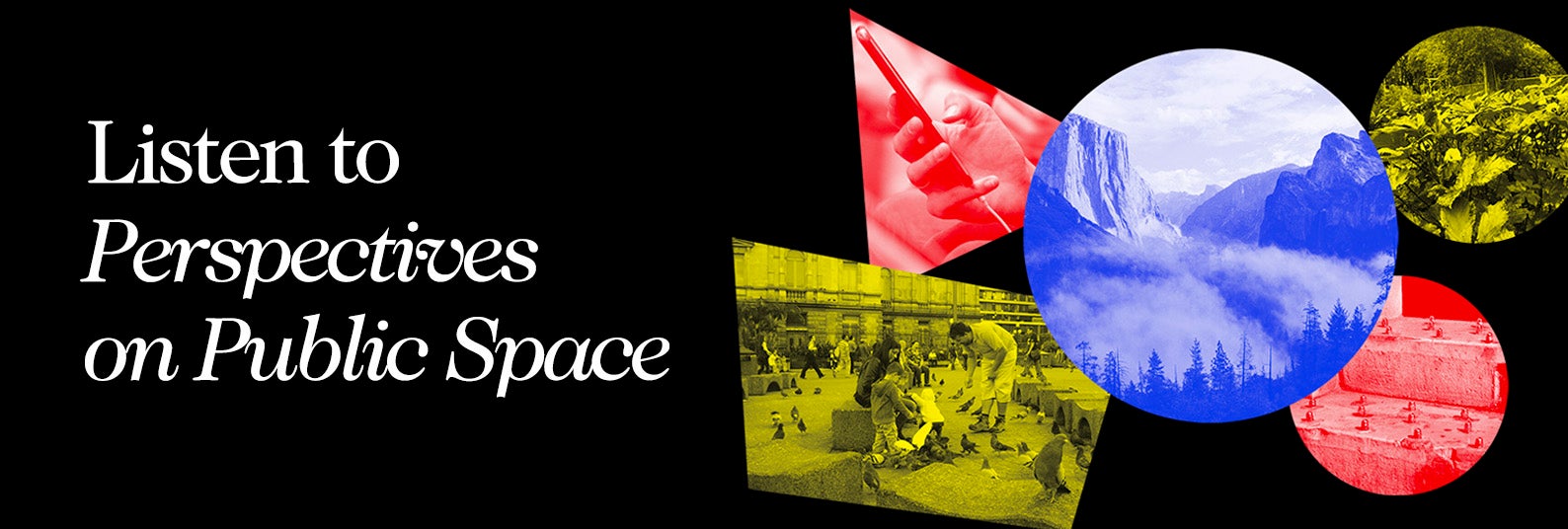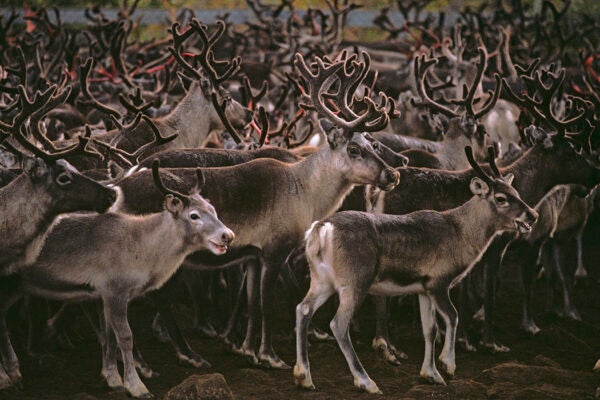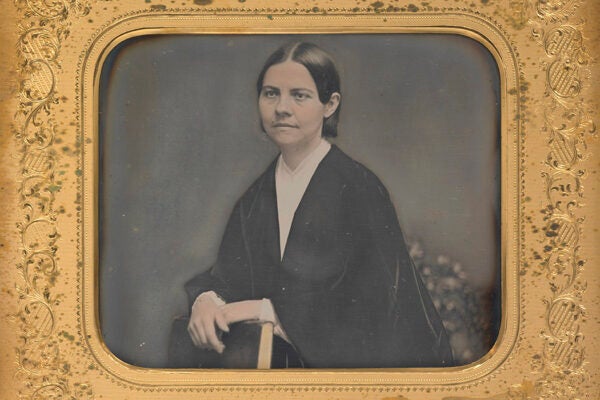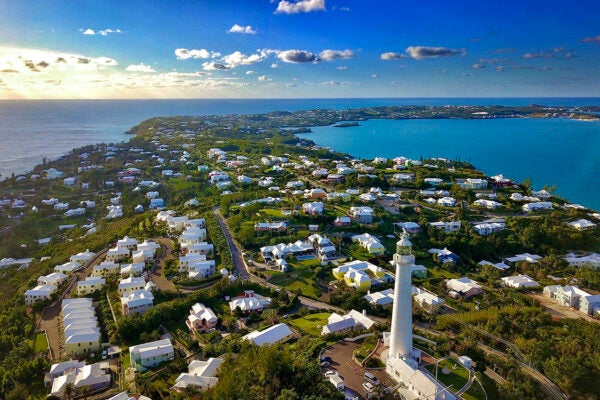“It’s been incredibly nice to meet people, and people were very happy to meet with us. Dad will have to come here.” So said Donald Trump Jr. to the press when the family jet made a four-hour visit to Greenland last month.
The demands of United States President Trump at the outset of his second term in office have put the world’s largest island into direct conflict with the world’s most powerful state. The Trump administration’s desire to make Greenland part of the US has caused considerable consternation among the Indigenous population of just 57,000 people—though this isn’t the first time that America has made a bid for ownership of this gargantuan Arctic landmass.
Kristian and Henry Neilsen, in their 2021 book Camp Century: The Untold Story of America’s Secret Arctic Military Base Under the Greenland Ice, detail an offer of one billion US dollars made to Denmark, which had ruled Greenland under the auspices of the Danish crown since 1814, in December 1946. The United States then, as now, desired control of Greenland to bolster international security against their nuclear foes in Russia.
As Kristian and Henry explain, the
American presence in the Thule area, far to the north on the west coast of Greenland, had begun during World War II, and the Americans had been there ever since. The American weather station Bluie West Six, built during the war, lay just a few kilometers from the indigenous settlement of Pituffik. Just after the war, as part of Operation Nanook, the Americans expanded the existing installation with a gravel landing strip as part of an upgrade to a new and larger weather station. Between 1947 and 1950, American reconnaissance planes thoroughly photographed the area for cartographic purposes. Meanwhile, young university students did surveying and mapping work on the ground. There was little information about the geographical and meteorological conditions in the area, and acquiring this knowledge was an essential precondition for realizing the polar strategy and thus establishing US military supremacy in the Arctic.
Denmark refused the offer from Washington.
“While we owe much to America, I do not feel we owe them the whole Island of Greenland,” Foreign Minister Gustav Rasmussen told Josia Marvel, then the US ambassador to Denmark.
As the historical record would have it, both Denmark and the United States owe much to the ancient Norsemen who are believed to be the first people to have inhabited Greenland, arriving c. 980 CE. Their obscurity can, at least partially, be accounted for by the scant details we possess of their early civilization on the roof of the world.
“The [Icelandic] sagas give a detailed (and to some extent an historically correct) account of life in Greenland during the period of the Norsemen,” writes Jørgen Taagholt, who sifted through what evidence does exist for an article published in a 1989 issue of Earth Sciences History.
In a c. 1260 Old Norse textbook, “a prospective merchant [was] informed about the characteristics of nature in Norway, Ireland, Iceland and Greenland,” demonstrating that natural forces have long shaped human interaction with the region. Taagholt quotes the original text, which took the form of a dialogue between a father and his son, to share historical impressions of Greenland’s environment.
“When you expressed that it seemed strange to you that the weather in Greenland was considered nice,” the father mused,
then I should like to tell you the following: When the weather here turns bad, it is with a greater severity than in most other places both as to the violence of the storms and to the fierceness of the frost and snow…. the bad weather moves to the surrounding lands and the people in these areas have to put up with the cold storms.
What happened to the Norsemen in Greenland is a matter of academic conjecture. A deteriorating climate is one of several theories put forward by Vivien Gornitz, who also cites “diverse factors including an unwillingness of the Vikings to adopt the hunting and fishing lifestyle of the native Inuit [the ancestors of whom began arriving in Greenland c. 1000 CE], overgrazing and soil erosion, disease, or hostilities” in the fifth chapter of her 2019 book, Vanishing Ice: Glaciers, Ice Sheets, and Rising Seas.
Gornitz, who has analyzed the potential effects of sea level rise on New York City, Venice, and indeed the globe, explains the terrifying data which shows the alacrity of global warming and its impact on Greenland’s vast ice sheets.
“Unlike the medieval Norse,” she writes,
today’s Greenlanders face a warming climate. At Summit, a research station located near the center of the ice sheet close to its highest point, temperatures soared by six times the global average between 1982 and 2011, forcing the equilibrium line to migrate skyward and widening the ablation zone. In 2016, Summit and Kangerlussuaq, West Greenland, experienced their warmest spring on record. Summer temperatures at Nuuk, the capital city, were second only to those in record-setting 2012. While winters and springs have warmed even faster than summers, higher summer temperatures pack a greater punch. The longer melt season expands the number and area of summer melt pools on the surface of the giant Greenland Ice Sheet. An exceptional 97 percent of the surface melted for a few days in July 2012 for the first time in nearly 130 years. The ice sheet has thinned and darkened since the early 1990’s, especially around its edges…. A larger number of icebergs calve off tidewater glaciers and trigger more glacial earthquakes.
This behavior bodes poorly for the future, Gornitz notes, potentially disrupting ocean circulation as more and more freshwater flows in from glacial melt.
As Greenland’s temperatures rise, so too does the domestic political barometer, with full independence from Denmark becoming an increasingly vocal demand from many of Greenland’s leading politicians. While Denmark still contributes two-thirds of Greenland’s budget, Greenlanders and eyes from overseas alike are aware of the possibilities the melting island and its warming waters offer for future transport routes—not to mention the gas and rare earth mineral extraction from underneath the vanishing permafrost. This, despite the fact that the Greenlandic government banned all attempts at oil and gas extraction in 2021, stating that, “the price was too high” in terms of environmental consequences.
Aleqa Hammond became Greenland’s first female prime minister in 2013. Her tenure was cut short following an investigation into her misuse of public funds, but she continues to be one of Greenland’s loudest proponents for full independence. Speaking to Martin Breum for his 2018 book, Cold Rush: The Astonishing True Story of the New Quest for the Polar North, Hammond reminded him of Greenland’s evolution.
‘‘In 1979, when Home Rule was established,” she said,
I did not know that a Greenlander could become a pilot or a doctor or an executive. Today, I can hire a Greenlandic solicitor if I want. I can go to a Greenlandic doctor or specialist. When I fly on an Air Greenland flight to Copenhagen, the pilot speaks Greenlandic. It is fantastic what we have been able to accomplish in the span of just 30 years. No other indigenous group anywhere has been able to accomplish so much.
Hammond recognized that Greenland still faced some obstacles, but she was confident Greenland would be taking the necessary steps toward independence.
Weekly Newsletter
The Trump administration’s ambitions put the White House in direct conflict with both Greenland and Denmark, a development that may have been foreseeable. As Hans W. Weigert wrote in Foreign Affairs in 1944,
the consciousness that the far north is an area of great strategic importance to the United States is no longer limited to the small group of men… […] It is no longer necessary to deplore the lack of a national awareness of the north, but rather to warn against over-enthusiastic generalizations which threaten to cloud realities. The strategy of this war has accelerated the pace of Arctic progress, but there are certain barriers raised by nature against the development of this area; and political realities set limits to the possibilities of an American march north.
Those words, written in the context of the Second World War—and shortly after Iceland declared its independence from Denmark (while the latter was still occupied by Nazi Germany). Weigert’s assessment still seems relevant today.
Weigert also cites an address to US Congress made by US President Roosevelt in 1941, in which he spoke to the need of preventing the “occupation by Germany of strategic outposts in the Arctic for eventual attack against the western hemisphere.” Roosevelt also described the obligation of a future withdrawal from the region, declaring “that immediately upon the termination of the ‘present international emergency’ all American forces will be at once withdrawn from Iceland.” However, he also noted,
the Greenland Agreement opens the door for negotiations regarding the future of Greenland. It is specified that the pact “shall remain in force until it is agreed that the present dangers to the peace and the security of the American Continent have passed. At that time the modification or termination of the Agreement will be the subject of consultation between the Government of the United States and the Government of Denmark.”
Eight decades on and the feeling from the new administration is that those “present dangers” are still extant. What chance, this time around, that a negotiated, peaceful settlement between the US, Denmark, and the world’s largest island will be reached?
For more on Greenland, check out our annotated bibliography of research reports and peer-reviewed articles focused on Greenland.







